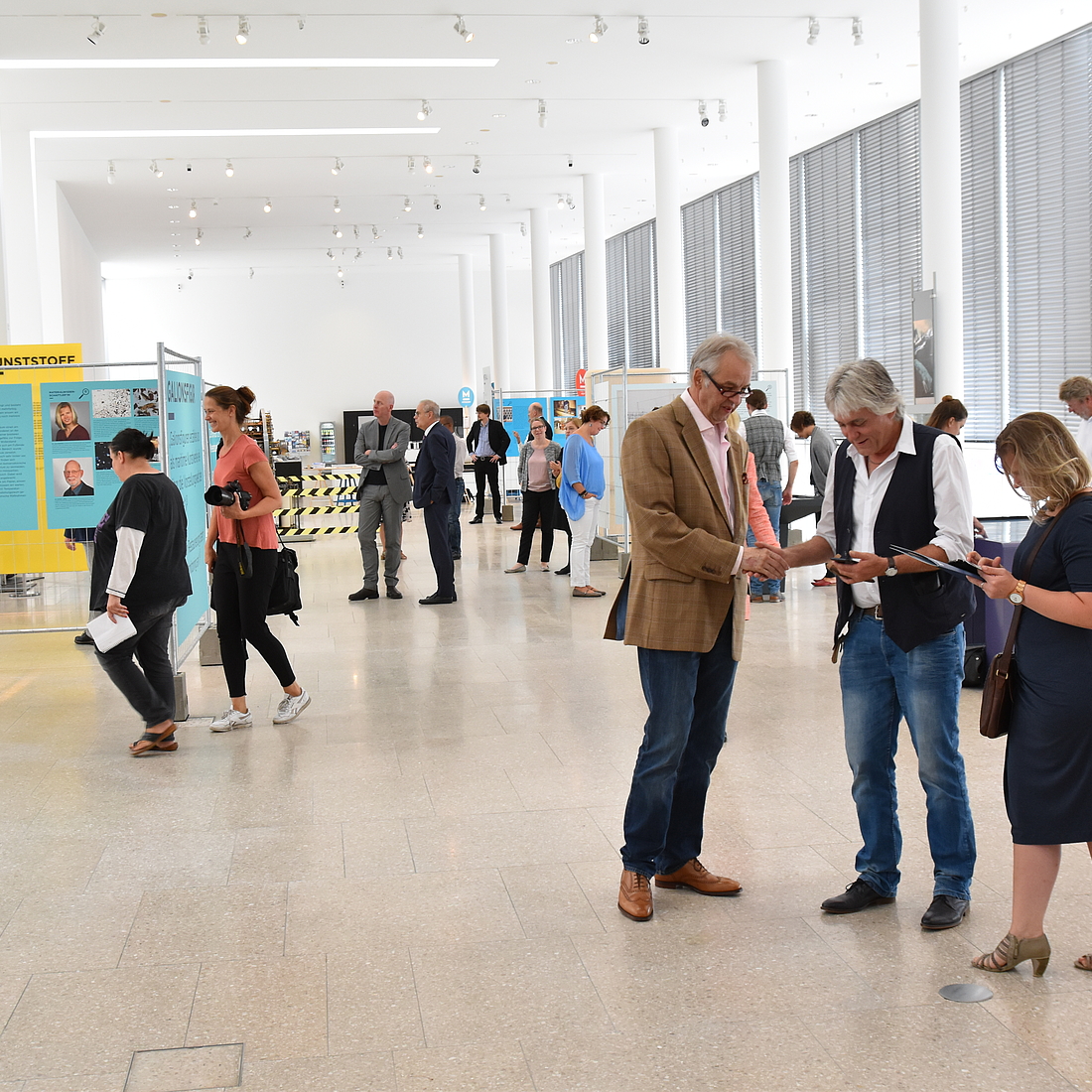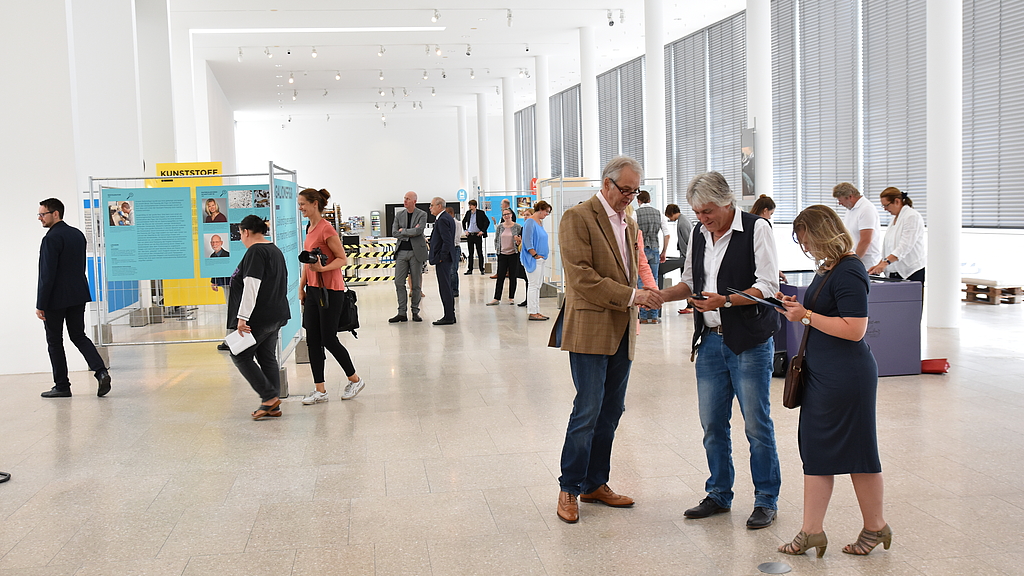Action Plan Leibniz-Research Museums
Action Plan Leibniz Research Museums
The eight Leibniz research museums have joined forces more closely within the framework of a "Leibniz Research Museums Action Plan" funded by the federal and state governments. The aim is to strengthen their activities in education and knowledge transfer and to improve networking among the museums.
This will make Leibniz research museums even more visible than before as places of innovative exhibitions, citizen science and knowledge transfer. With regard to joint activities, the action plan sets four priorities: science communication, communication research and standards, restoration and conservation research and international networking.
Four pillars of joint activities of the action plan
1. Discursive and interactive formats of science communication as "Orte des Dialogs" ("Places of Dialogue")
"With this series of events, we offer actors from science, politics and the public a platform for the interactive discussion of socially relevant topics such as climate change, dealing with our natural and cultural heritages or the loss of biological diversity. The presentation of historical contexts and the future effects of these topics can be illuminated in different ways by the individual research museums and are thus addressed comprehensively. The focus is often on individual or multiple museum objects.
2. Strengthening and expanding research about mediation and networking regarding this topic
In the network, the eight Leibniz research museums are expanding their cooperation in various areas on the basis of their research. In doing so, they are developing practical experience in knowledge transfer as well as in education and mediation and how these can be passed on to other research museums. In addition, they discuss how new standards and innovative formats can be developed in the transfer of knowledge and research. For this purpose, there are various workshops on virtual, mixed and augmented reality, among others. The citizen participation format "DSM Werft" (DSM shipyard) was developed in our house and is currently being implemented within the framework of the special exhibition "360° POLARSTERN - A virtual research expedition".
3. European Year of Cultural Heritage 2018
With the European Year of Cultural Heritage 2018, the cultural heritage of the whole of Europe has been brought into the public eye. Museum collections are naturally part of this heritage. But the ravages of time gnaw away at every museum treasure, regardless of whether an object on display is 50 years old, 500 years old or 5,000 years old. The Leibniz Association's research museums are using the Cultural Heritage Year as an opportunity to focus on their research and their special expertise in the preservation of cultural assets. All eight museums together - from the natural history to the cultural history to the technical museum - present themselves with their "experts in preservation" in events, exhibitions and theme weeks.
The special exhibition "The Tooth of the Tide - Maritime Treasures under the Microscope" focused on the conservation challenges of the German Maritime Museum. Each of the various exhibits, whether the centuries-old Bremen cog, the two special and unique tidal calculating machines or the gigantic sperm whale skeleton, each requires special treatment and care. Whether nature, history, mining or shipping: all eight Leibniz research museums provide exciting contributions from their houses on the topic of conservation science. Learn more about them in the joint film series.
4. Global Summit of Research Museums
The world's first interdisciplinary conference of research museums took place in Berlin from November 4 to 6, 2018. The aim was to intensify the dialogue between science, culture and society in order to develop new innovative solutions to the challenges of the modern world using cutting-edge science and international digital infrastructures. During the conference, it was decided that a global knowledge and collection network of research museums will be created. Read more about the summit here.
Action plan I at the German Maritime Museum
Interactive discussions
German Maritime Museum shipyard


